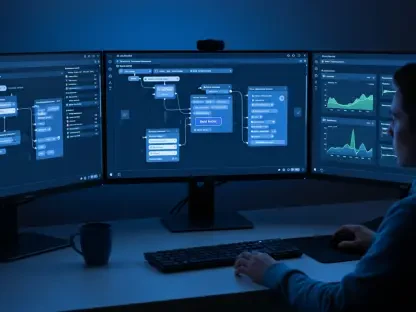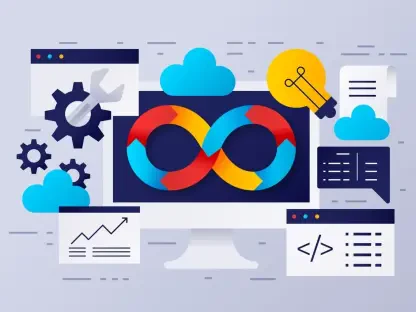In today’s fast-paced world, meal planner and delivery apps like HelloFresh have gained immense popularity by simplifying meal preparation and catering to health-conscious consumers. As the demand grows for such services, many entrepreneurs and developers are exploring what it takes to create a successful app in this niche. Anand Naidu shares his insights on the intricacies of developing a meal planner app, from technical challenges and cost factors to the evolving dynamics of user experience and monetization strategies.
What factors contribute to the cost of developing a meal planner app like HelloFresh?
The cost of developing a meal planner app is influenced by various elements. Primarily, the range and complexity of features you include will largely dictate expenses. Advanced functionalities such as AI-driven meal recommendations or real-time inventory tracking require substantial backend work. Another significant factor is the geographical location of your development team. Hiring developers in regions with high living costs can significantly inflate your overall budget, compared to regions where the cost of living is lower. Furthermore, the choice of a tech stack can also affect costs, as some technologies require more expensive skill sets or incur higher maintenance fees.
What technical requirements are necessary for building a meal kit delivery app?
Building a meal kit delivery app involves several technical components. One complexity is the integration with e-commerce platforms and managing real-time inventory, ensuring that orders reflect current stock levels. A personalization engine is critical too, as it tailors meal suggestions to individual dietary preferences, enhancing user satisfaction. Moreover, secure payment gateway integration is indispensable, protecting user data and ensuring smooth, trustworthy transactions.
How do business features of the HelloFresh app improve user experience?
The HelloFresh app enhances user experience by offering comprehensive subscription management options. Users can easily manage their meal plans, whether it’s adjusting serving sizes or skipping a week. The meal selection process is streamlined, allowing users to select meals based on their dietary needs or taste preferences. Personalization through AI provides meal recommendations based on previous orders and user data, which not only improves user engagement but also contributes to more personalized interactions.
What are the essential technical features for a HelloFresh-like app?
For a meal planner app, cross-platform compatibility is vital. This ensures that users across different devices have a consistent experience, which can be achieved through frameworks like React Native. A robust backend infrastructure is also necessary to support functions ranging from user data management to logistics. Integrating third-party services for functionalities such as delivery tracking or payment processing can greatly enhance the app’s utility, delivering a rich user experience while maintaining operational efficiency.
What is the average time required to develop a meal planner app like HelloFresh?
Typically, the development of a meal planner app spans six to ten months. This process is usually divided into several key phases, starting with the discovery and planning stage, followed by design, development, testing, and finally deployment. Beginning with a Minimum Viable Product (MVP) is advisable, as it allows developers to test core functionalities and gather user feedback. This iterative approach helps in refining the app and incorporating advanced features based on actual user needs and insights.
How can one optimize the cost of building a meal planner app?
Optimizing costs involves several strategies. Utilizing cross-platform development frameworks can significantly reduce time and resources, as a single codebase can serve multiple platforms. Additionally, leveraging pre-built APIs and SDKs for functionalities like payment processing or nutrition data can minimize development time and costs. Investing in scalable infrastructure from the onset ensures the app can handle increased traffic without necessitating costly reworks.
What monetization strategies are effective for meal planner delivery apps?
Meal planner apps can tap into multiple monetization avenues. Subscription plans are a primary source of recurring revenue, offering a consistent cash flow. Other strategies include affiliate partnerships, where the app can promote third-party products of interest to its users, and in-app advertising, which can be a lucrative stream if executed without disrupting user experience.
What challenges might arise when developing a meal planner app like HelloFresh?
One of the significant challenges in developing such apps is managing fresh inventory alongside timely deliveries. The logistics of ensuring freshness while minimizing waste can be complex. Moreover, achieving high levels of personalization at scale requires advanced algorithms and data management. Scale-related issues, such as maintaining app performance and reliability as the user base grows, also demand careful planning and robust architecture.
Do you have any advice for our readers?
My key piece of advice is to focus on strategic scalability from the beginning. Plan for growth in both technology and user management, ensuring that your app can adapt to increasing demands without incurring exorbitant costs or compromising performance. Balancing ambitious features with simplicity will allow you to efficiently manage resources while still delivering a product that meets user needs and market demands.








